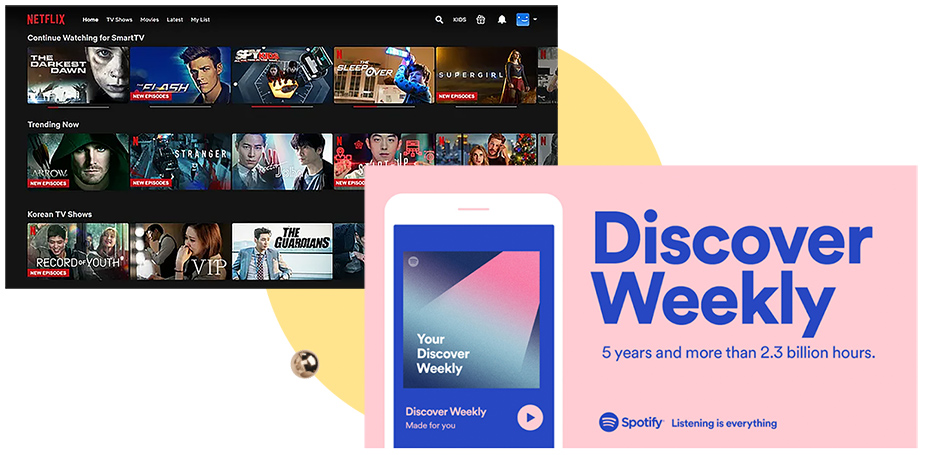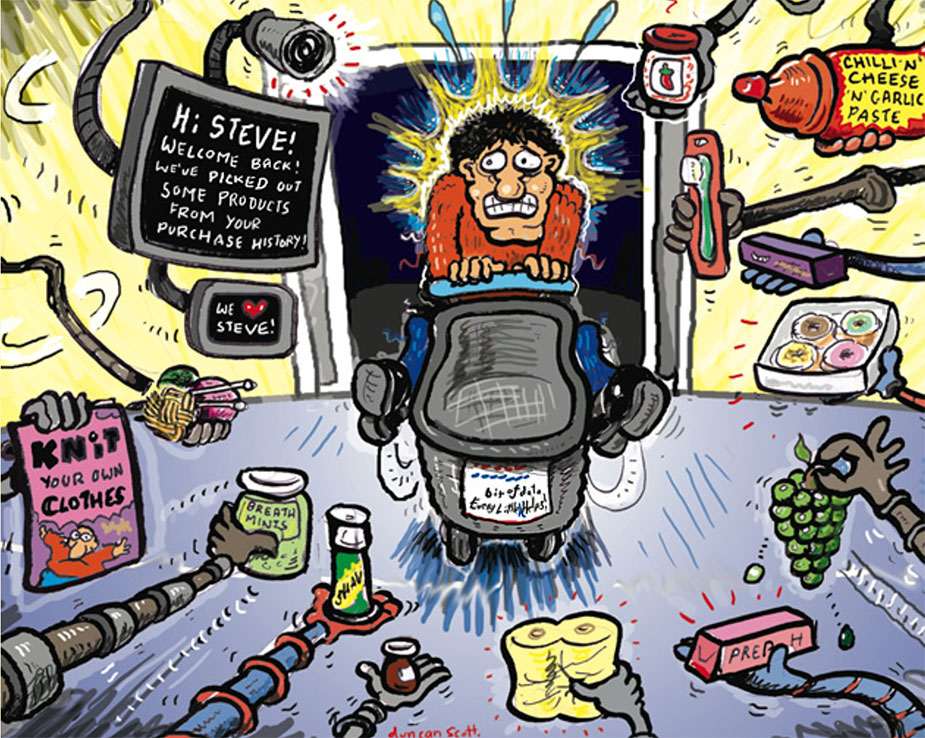Your website is bleeding customers. Not because your product isn’t good. Not because your marketing isn’t working. But because your templated website is forgettable. It doesn’t connect. It doesn’t engage. It doesn’t make people feel anything.
For years, website design templates were the quick fix to establish an online presence. They were easy to set up, affordable, and polished enough to look professional. Businesses jumped on them, thinking their clean design was enough. And for a while, it was.
But not anymore.
Digital experiences now define brand success, and templates weren’t built for a world where users expect websites to anticipate their needs and actually feel personal.
In this blog, we will explore why website design templates are now a liability, why hyper-personalised UI/UX is the new standard, and how brands that fail to adapt risk losing more than just engagement.
Why Website Design Templates Are Officially Obsolete
UI/UX design templates have always followed generic layouts, static elements, and rigid design structures. They might let you change a color scheme or swap out images, but they aren’t built to adapt to how users interact with your brand in real time. And in today’s world, that’s a fatal flaw.

Users Expect More Than One-Size-Fits-All
The modern web user is conditioned to expect personalised interactions. With AI, data analytics, and next-gen design tools, they’ve seen what intuitive, adaptive websites can do—and they’re not settling for less. In fact, Forbes reports that 74% of customers feel frustrated when websites don’t provide personalised experiences. However, UI/UX design templates, by their very nature, are incapable of delivering that level of personalisation.
A templated website, no matter how well-designed, treats every visitor the same. It doesn’t recognise returning users, it doesn’t adjust to behavior, and it certainly doesn’t anticipate needs. Plus, instead of shaping the experience around the user, it forces the user to adapt to it.
In a digital world where personalisation directly impacts engagement, conversion rates, and brand loyalty, that’s a competitive disadvantage that businesses can’t afford.
Templates Don’t Evolve, But Your Users Do
Another big flaw of website design templates? A complete lack of flexibility.
These templates often force businesses to work within predefined structures, making every website update, every iteration, and every shift in user expectations a painful game of catch-up. This also stifles creativity, weakens brand differentiation, and makes it nearly impossible to keep up with evolving UX/UI trends.
So, even if a website design template meets your needs today, will it still serve your business a year from now? Probably not. And while your competitors fine-tune their websites in real-time—leveraging AI-driven personalisation, dynamic content, and adaptive design—your template won’t just become outdated and impersonal. It will actively hurt your ability to grow.
The Rise of Hyper-Personalised UI/UX Design
We’ve officially crossed into the era where personalisation isn’t a nice-to-have—it’s a survival tactic. Brands are already using AI, data analytics, behavioral tracking, and predictive algorithms to create website experiences that feel almost psychic.
Take Spotify’s “Discover Weekly” or Netflix’s movie recommendations, for example. Their sophisticated recommendation engine leverages AI to suggest music and movies based on individual viewing and listening habits, significantly enhancing user engagement and satisfaction.

Even brands like Airbnb and Starbucks adjust their website designs in real-time to create adaptive user experiences based on how users engage with them.
So, does this mean every website should track every move a user makes? And predict their next step before they even take it?
Well, not exactly.
The Fine Line Between Personalisation and the “Creep Factor”
While hyper-personalised experiences have immense potential, they can also quickly veer into territory that feels invasive instead of intuitive. Users are quick to notice when a site seems to know too much.
Research from Nielsen Norman Group warns that overpersonalisation can lead to a homogenised experience, where every interaction feels scripted and even triggers the “creepy” factor when users aren’t sure how much data is being used or why. Because let’s be honest: No one wants an experience that feels robotic, intrusive, or eerily predictive (looking at you, Facebook ads).

So what’s the fix?
The antidote is threefold: transparency, user control, and empathy.
People don’t mind personalisation when they understand why it’s happening and feel in charge of it. When companies are upfront about how they use data—and let users adjust what’s being personalised—the experience shifts from intrusive to empowering.
Plus, the best UI/UX design doesn’t just anticipate needs or actions; it understands user intent. This is why top brands invest in AI-driven website design that prioritises empathy mapping, iterative user testing, and human-centred design to ensure that personalisation makes people feel seen without making them feel watched.
The Future Belongs to Brands That Get Personal
Templated website designs had their moment. That moment is over. Today’s users expect seamless, hyper-personalised experiences—anything less, and they leave.
Because in a world powered by AI, data-driven insights, and limitless design possibilities, a website that doesn’t evolve with its users is a website that loses them.
So, if your site still looks like a cookie-cutter template, the question isn’t whether you need a personalised UI/UX design. It’s how soon you can make the shift before your users move on to someone who already has.










